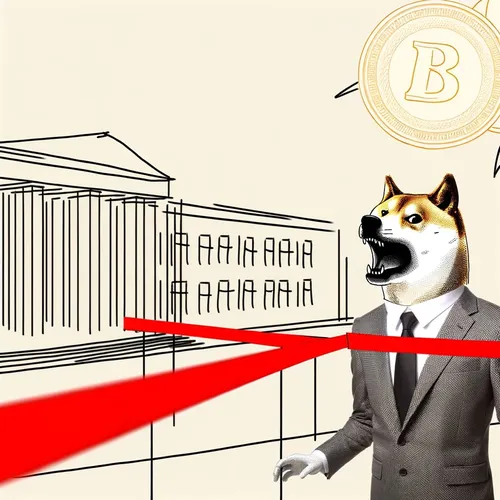UK Government Unveils Radical Efficiency Plan to Slash Bureaucracy Costs and Boost Public Sector Productivity by 2030
- Author
- Quiet. Please
- Published
- Thu 01 May 2025
- Episode Link
- https://www.spreaker.com/episode/uk-government-unveils-radical-efficiency-plan-to-slash-bureaucracy-costs-and-boost-public-sector-productivity-by-2030--65830372
Listeners, today we take a look at the freshly released government efficiency report, cheekily dubbed "Bureaucracy Barking Mad?" with a nod to the ever-popular DOGE meme culture. The Spring Statement 2025 reveals the UK government’s ambitious plans to tackle the size and cost of the public sector, a move that has been the subject of both public and political debate over the past weeks.
By the end of the decade, government departments are expected to slash administrative budgets by 15%, translating into over £2.2 billion in savings on back-office operations by 2029-30. The aim isn’t just to save money—it’s about shifting resources to essential frontline services while pushing for streamlined processes and better productivity. Central government finance systems are set for a makeover to boost transparency and performance, with a major focus on workforce reform across the upcoming Spending Review, scheduled to conclude on June 11, 2025[1].
Despite the drive for efficiency, resource Departmental Expenditure Limits (DEL) will still grow in real terms from 2025-26 to 2029-30, albeit at a slightly slower pace, with increases averaging 1.2% per year. A notable shift in spending will see less on overseas development aid and more on defence, as the government moves to boost military spending to 2.5% of GDP by April 2027[1].
But what’s really barking mad? According to a recent survey, a staggering 94% of public sector workers in the UK admit to facing daily process inefficiencies, sparking frustration and calls for digital transformation—a finding that would make even DOGE raise an eyebrow in disbelief[3]. While the UK remains highly ranked for government effectiveness, sitting at an impressive 84.43 percentile globally, the government and workers alike appear ready for fundamental change to justify the meme-worthy question: is bureaucracy truly barking mad, or just in need of a little less red tape and a lot more tech savviness[5]?
